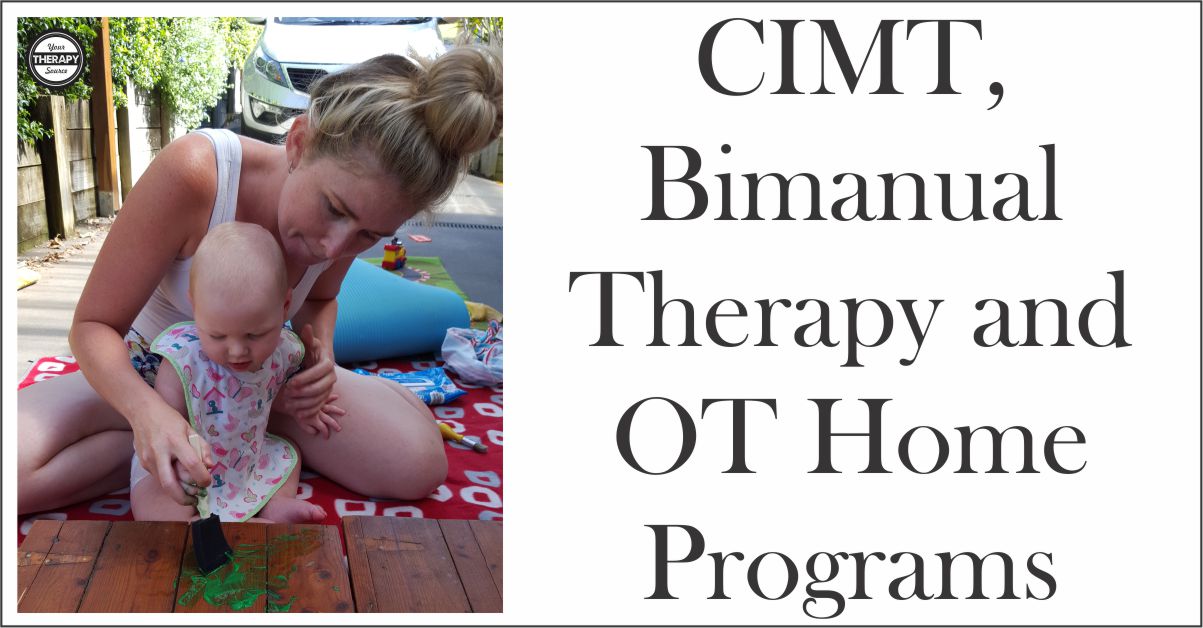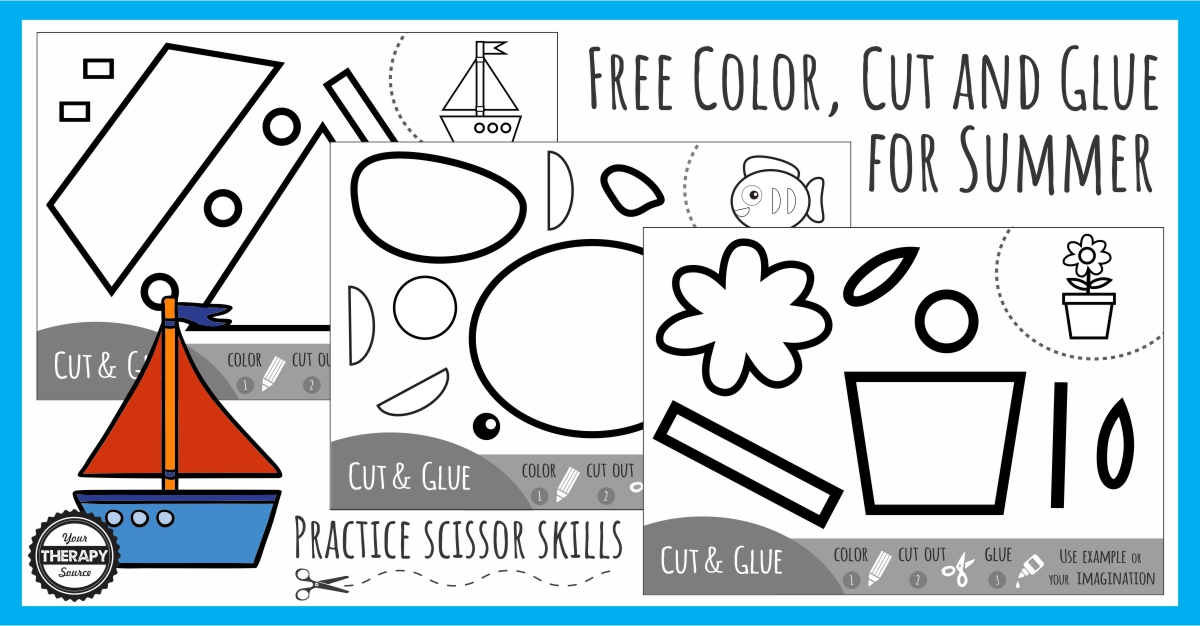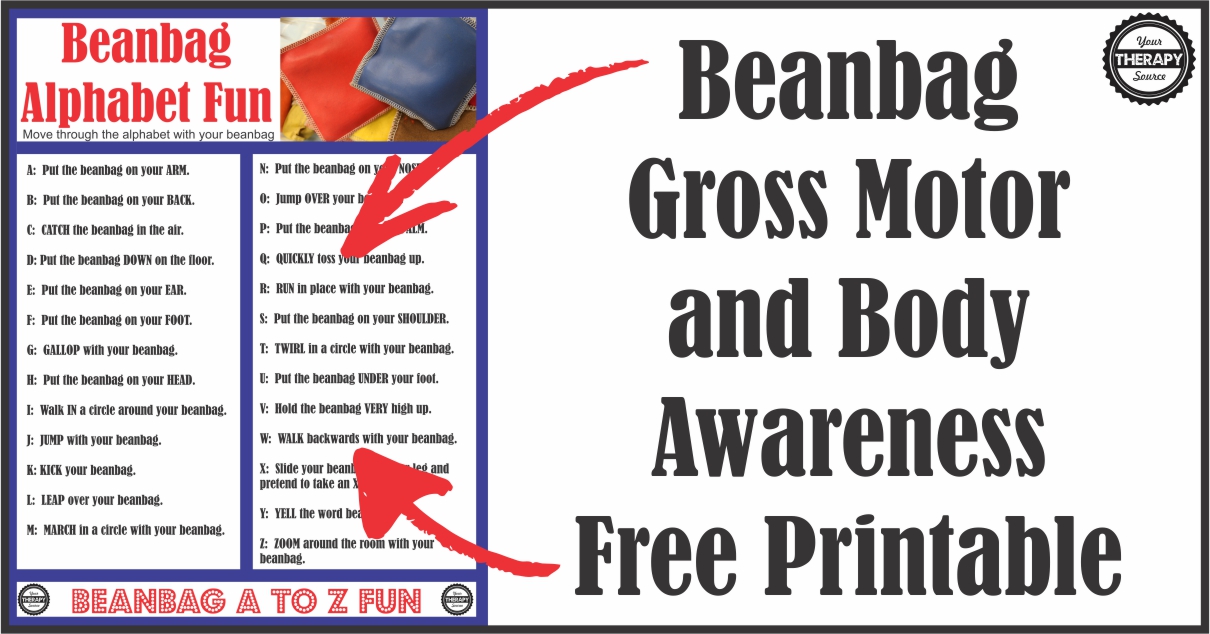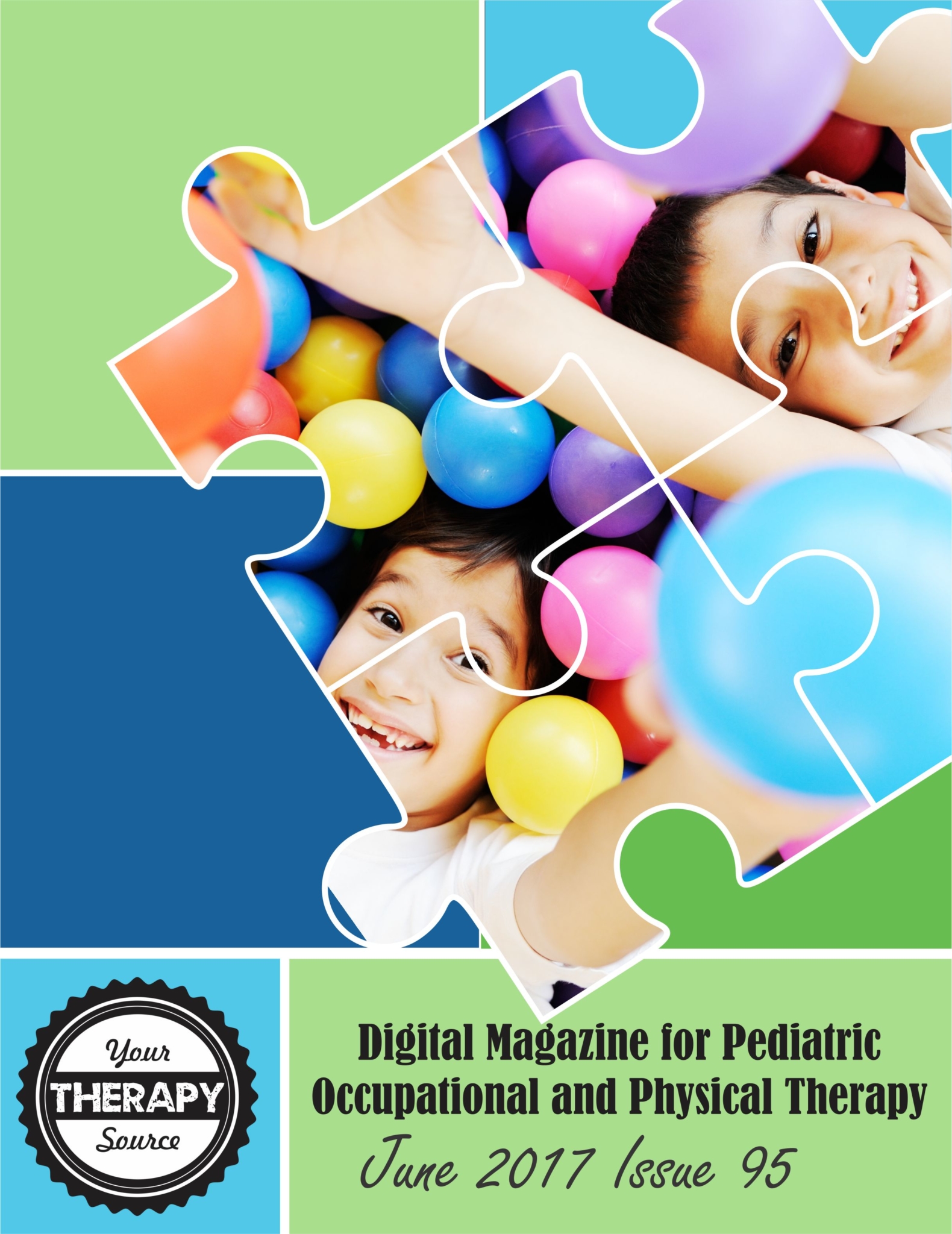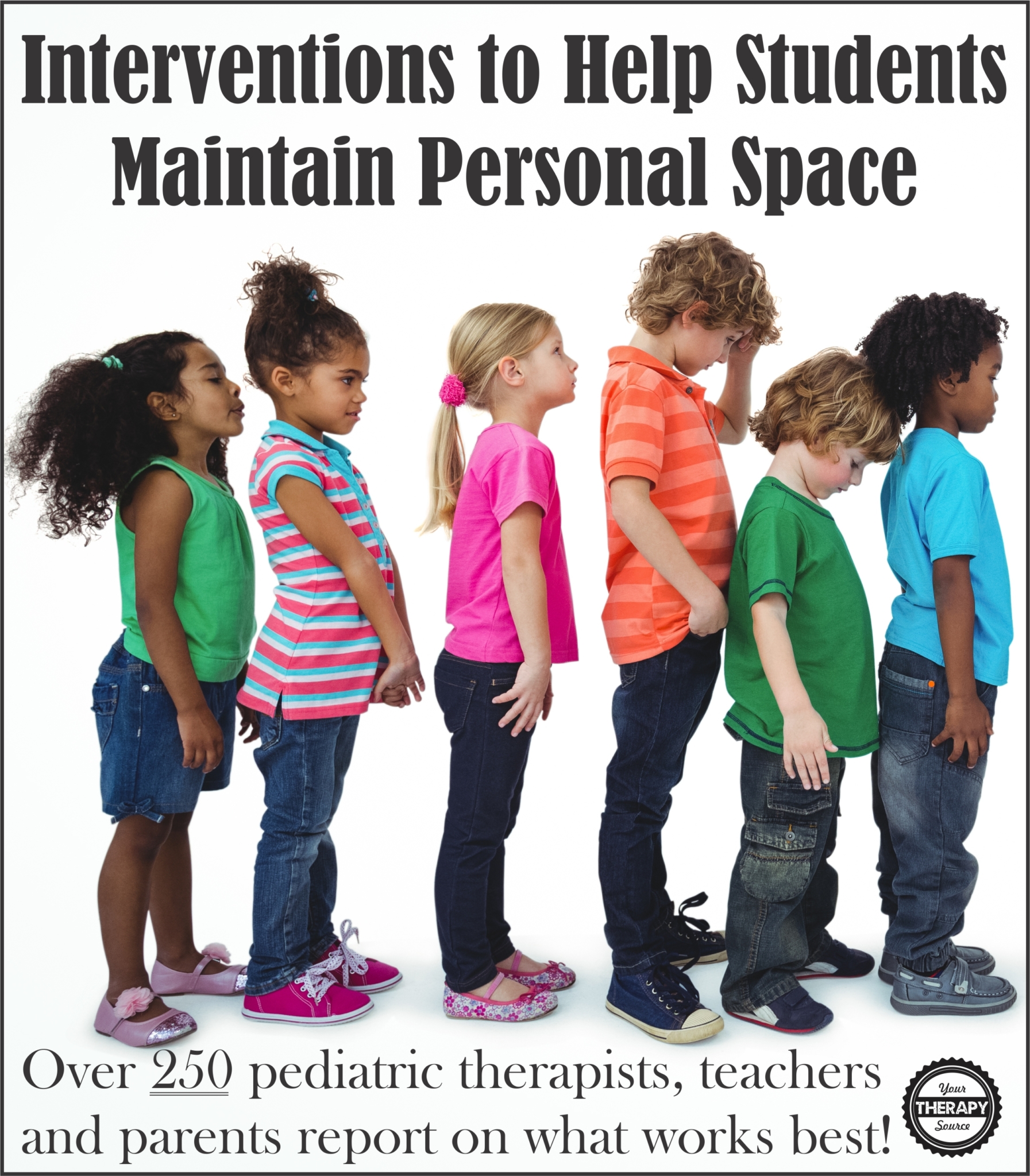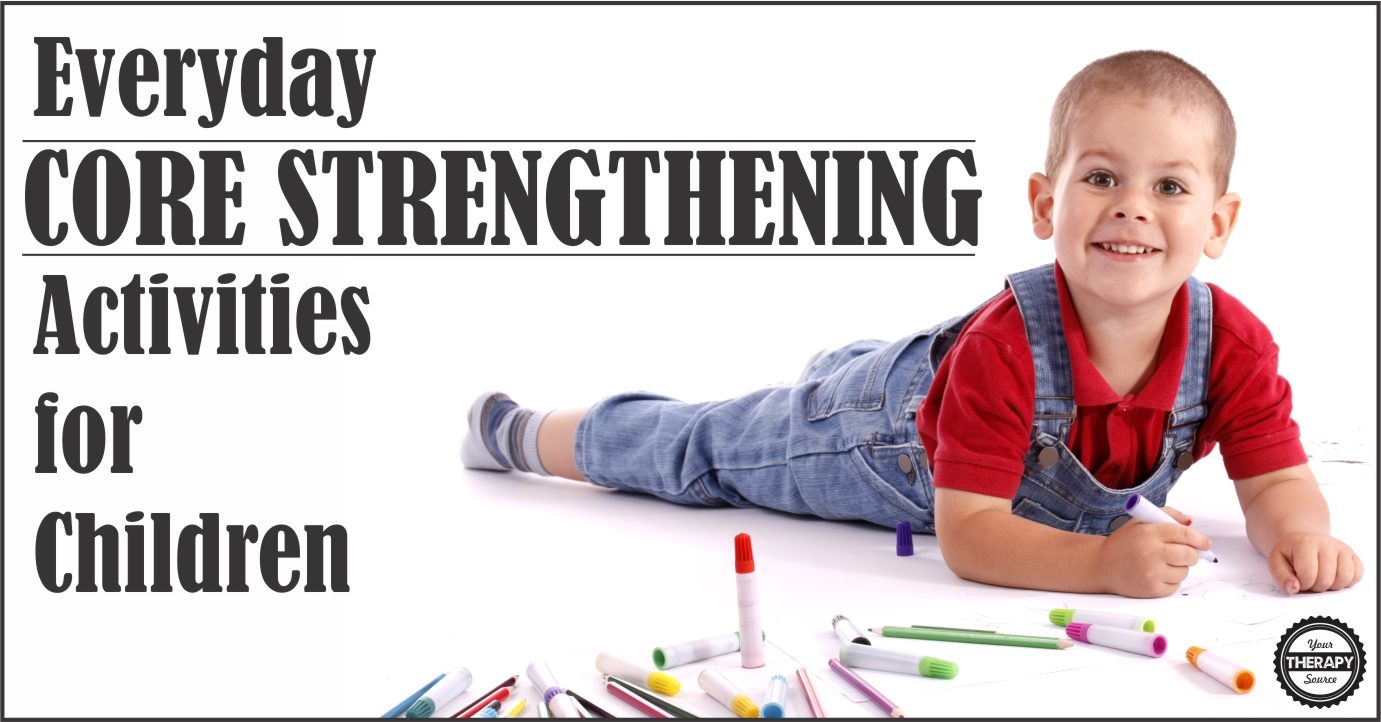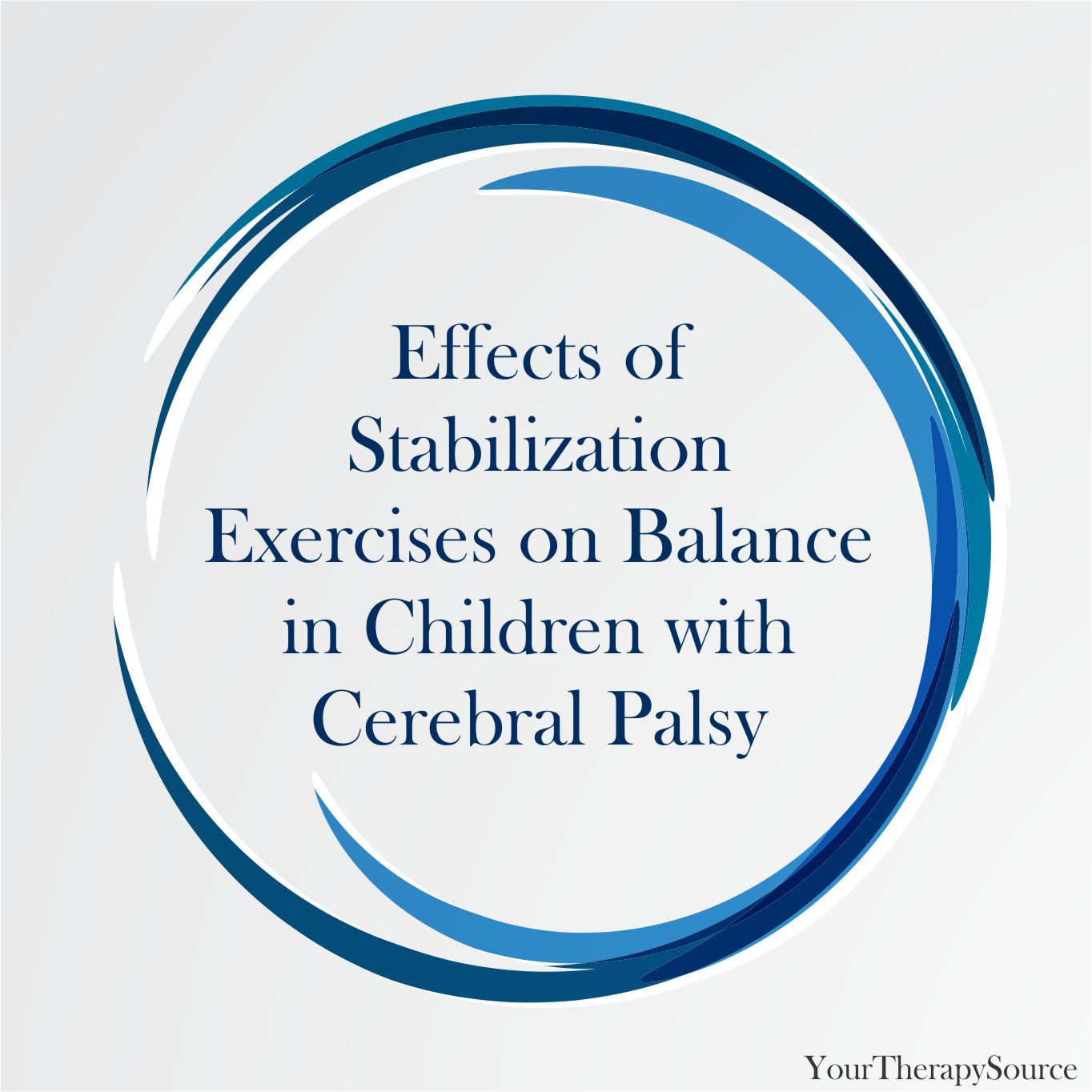CIMT, Bimanual Therapy and OT Home Programs
CIMT, Bimanual Therapy and OT Home Programs: The British Journal of Occupational Therapy published a research review to determine how bimanual therapy and modified constraint induced movement therapy or constraint induced movement therapy (CIMT) methods are used for occupational therapy home programs. A literature search was completed and 5 studies met the inclusion criteria. The research […]

